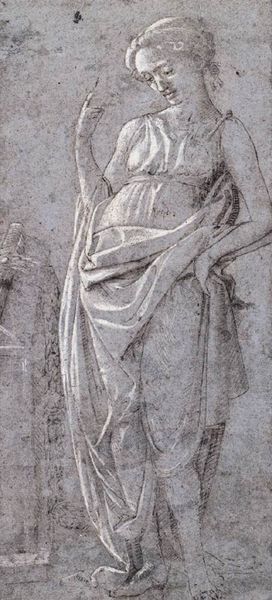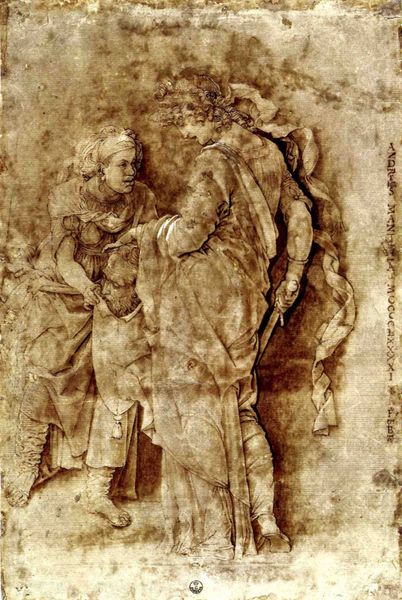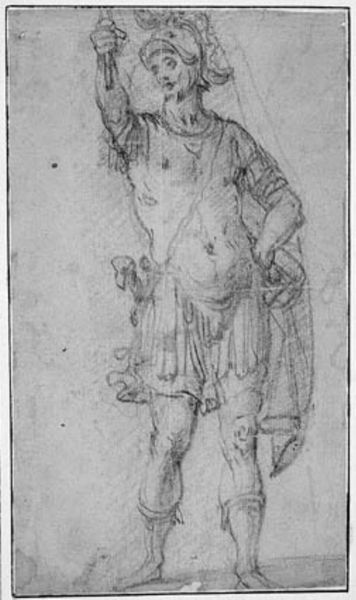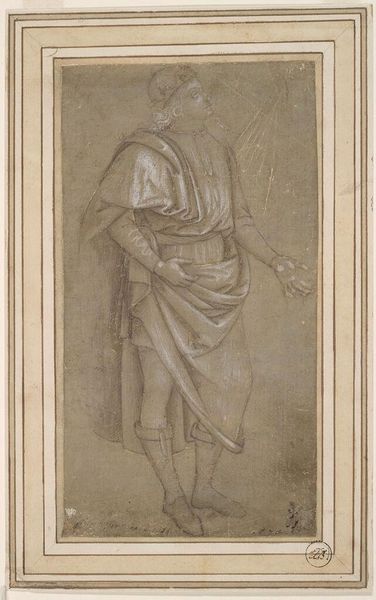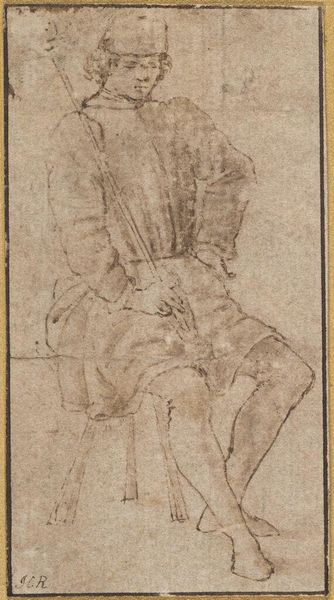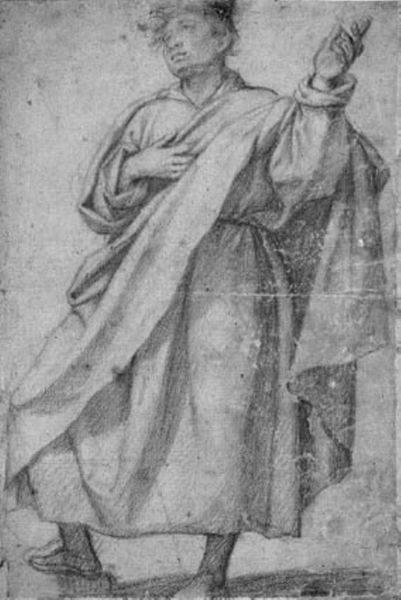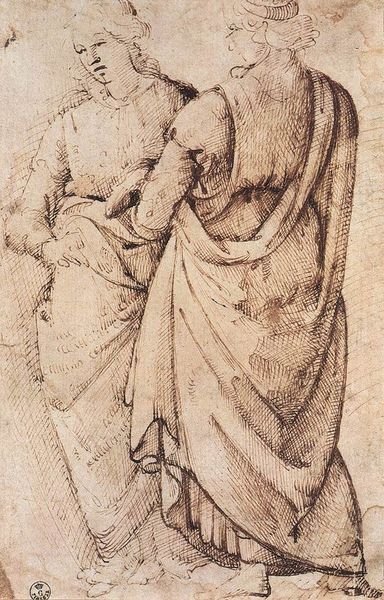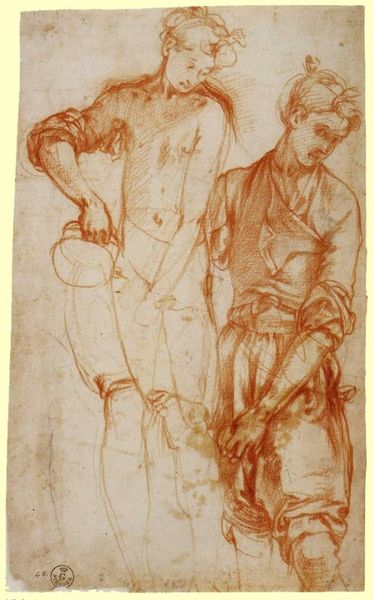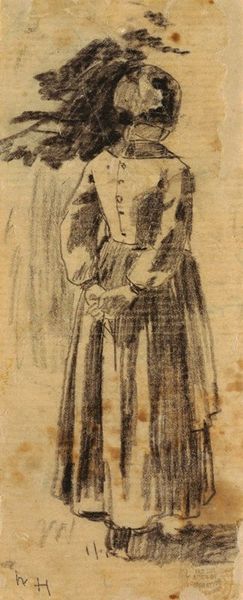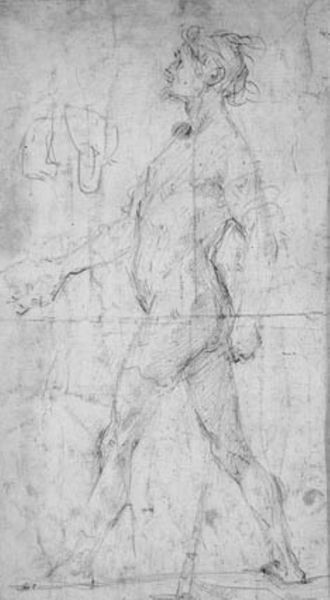
drawing, paper, pencil
#
portrait
#
drawing
#
pencil sketch
#
figuration
#
paper
#
11_renaissance
#
pencil drawing
#
sketch
#
pencil
#
line
#
italian-renaissance
Copyright: Public domain
Editor: This sketch, "Study of two standing figures," from around 1475 by Sandro Botticelli, really strikes me as preliminary, almost hesitant. I'm interested in what the intention of it may be. How do you interpret this work within its cultural context? Curator: Well, this piece provides a fantastic window into the Renaissance workshop. Botticelli, working in Florence, was part of a burgeoning artistic scene supported by powerful patrons. The sketch reveals the artist’s process. These studies of the human form, particularly male figures, were crucial for mastering anatomy, a skill highly valued during the Renaissance revival of classical ideals. Consider how this preparatory drawing would have served as an essential building block to much more complex works. Editor: That makes sense. It's like seeing the bones of a finished painting. Were sketches like this generally intended for public viewing at the time, or were they more for the artist's personal use? Curator: That's a perceptive question. These types of sketches were, by and large, internal documents, used to hone technique and plan compositions. Dissemination came in later interpretive reproduction. Although prized today for their inherent artistry and for the access that they give to artistic thought processes, it’s fair to say that Renaissance drawings gained increased social currency within artist and collector circles over the course of the 16th century. So they had a public role, though circumscribed by class and profession. Do you notice anything particular about the execution? Editor: I see a lot of layering and corrections in the pencil lines, which feels like Botticelli was really grappling with the positioning and the light. It really seems as if a tension exists between academic work, personal process, and the development of a truly monumental work for all. Curator: Exactly! We're witnessing the artist grappling with ideas. This sketch wasn't just about anatomy; it was also about how to represent the human figure in a way that would resonate with the cultural values of his time, appealing to the public and pleasing wealthy and powerful men. Editor: This has made me appreciate the social and cultural layers that even a seemingly simple sketch can hold. It’s amazing to think about how it fits into this whole system of patronage, power, and artistic ambition. Curator: And for me, this glimpse into Botticelli’s artistic laboratory really highlights the role institutions play in elevating the individual works into ‘art’ available to everyone.
Comments
No comments
Be the first to comment and join the conversation on the ultimate creative platform.

